We caught up with the brilliant and insightful Kareen Erbe a few weeks ago and have shared our conversation below.
Kareen, thanks for taking the time to share your stories with us today Too often the media represents innovation as something magical that only high-flying tech billionaires and upstarts engage in – but the truth is almost every business owner has to regularly innovate in small and big ways in order for their businesses to survive and thrive. Can you share a story that highlights something innovative you’ve done over the course of your career?
One of the most innovative things that I’ve done in my business, and that I’m most proud of, is that I’ve made creating community a part of my mission. I started out by hosting free talks at the library, or holding film nights on topics related to my business. It then morphed into hosting potlucks at my home, where people could tour my yard and garden. I also host gatherings at my clients’ sites so people can see the impact of working with me. Over time, it’s been a great way to build credibility in my community and nurture the “know, like and trust” factor. Especially when you are first starting out, the ability for folks to engage with you with minimal commitment is critical to growing your business.
In addition to that, there are all the intangible benefits of creating connections between individuals in a community. Fostering a sense of belonging for folks ultimately makes for a healthier and more resilient community which I see is one of my goals as a local business owner.
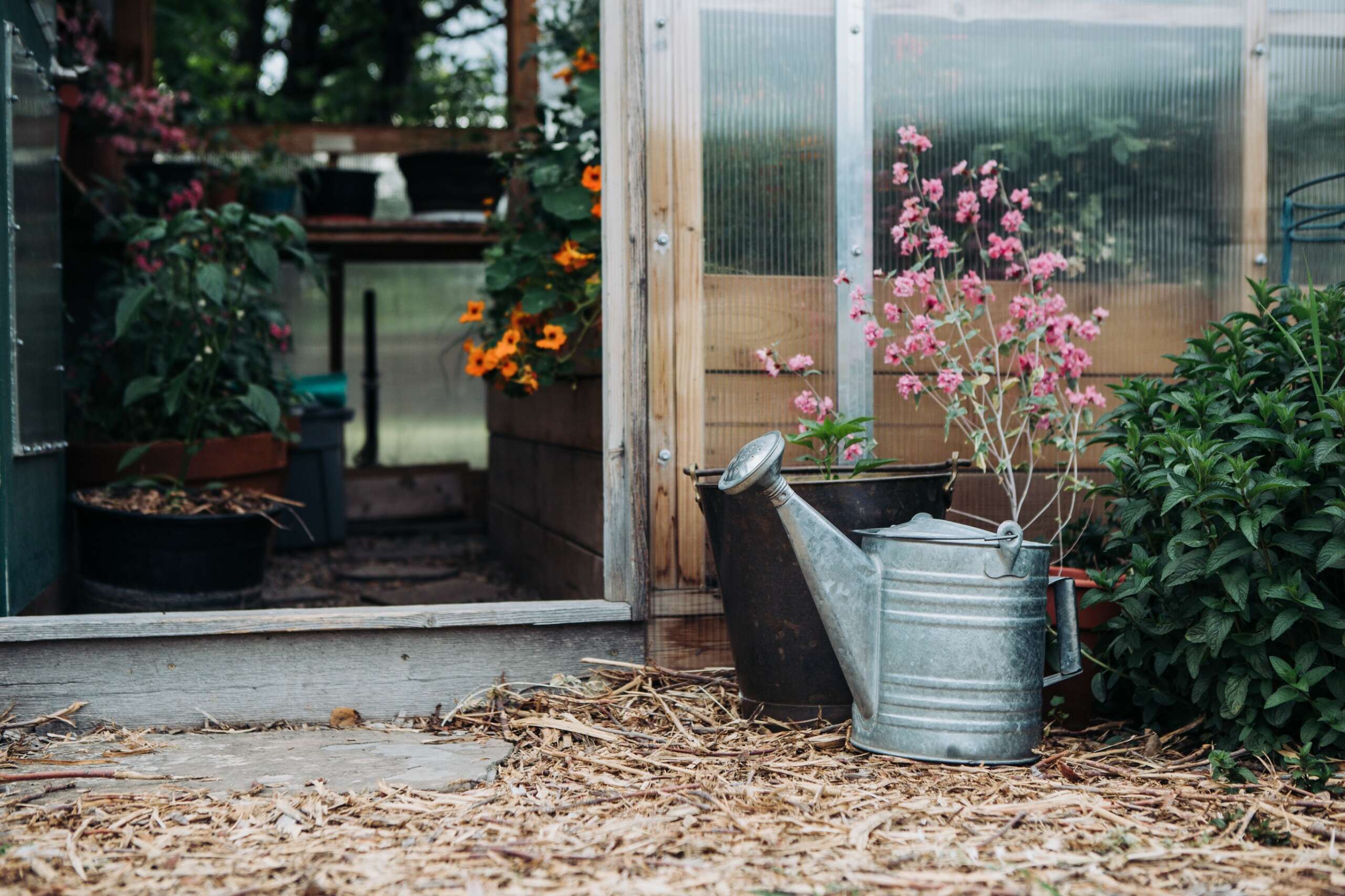

Kareen, before we move on to more of these sorts of questions, can you take some time to bring our readers up to speed on you and what you do?
Through my business, Broken Ground, I teach people in cold climates how to grow their own food, live more sustainably and become more self-reliant. It’s my mission to get as many people as possible building a resilient life that enables them to not only feed their families safe and healthy food but live their values and connect to their community.
My mom was a homemaker extraordinaire. She baked bread, gardened, canned food, made pasta, pies, jellies and jams. I grew up with a garden, rummaging through our raspberry patch, picking snow peas off the vine, and digging up potatoes. I wish I could say that I learned my skills from my mom, and that I was inspired by my childhood garden…
But I wasn’t.
I came to growing my own food and building my business around it through a much more circuitous route. From a young age, I was a shy, sensitive child who loved wild animals. I was deeply concerned about environmental issues and raged at the greed and shortsightedness of those who didn’t see the beauty and importance of the natural world.
In my early twenties, that outrage and idealism got me involved in social justice issues. I traveled to Latin America, spent a year as a human rights observer in Guatemala, and came back from that experience wanting to ‘change the world’. I had seen how our consumer way of life was dramatically affecting not only our planet but people in the developing world.
But my anger and helplessness grew alongside the world’s problems. 9/11 happened, then the Iraq War and meanwhile, our global economy was chugging away, impoverishing more and more people. Burned out, I took a step back and realized that I had spent most of my teens and twenties being “against” someone or something. My activist approach felt unhelpful and empowered no one, least of all me.
So, in my late twenties, I started looking for solutions and found permaculture.
Permaculture stands for permanent agriculture or permanent culture and is a design approach for sustainable living and land use, rooted in the observation of natural systems. The principles of permaculture teach us how to design ways of living that have the stability and resilience of natural ecosystems. Observation of natural systems is the directive, looking at patterns that we find in nature and mimicking them in the way that we design our properties, our lives and our communities.
By combining traditional knowledge with modern science, Permaculture provides a set of ethics and principles that teach us how to grow our own food and medicine, build natural homes, catch rainwater, harness energy, restore degraded landscapes, tend our animals, and build communities.
Inspired by this design approach, I started a business in 2011 with a mission to teach people how to become more self-reliant. At its most basic, I teach and consult with people on edible gardens and growing food. I do this both in-person in the community where I live but also virtually through remote consultations, my YouTube Channel and my signature Resilient Homestead Program. I give clients the tools and knowledge they need to get a site plan on paper and feel confident about implementing it. I take people from not knowing where to start with their yard to having a concrete plan in place so they can successfully grow more food for their family. I also hold potlucks during the growing season and film nights during the winter to build community. My goal isn’t just about people growing fruits and vegetables. I hope my clients walk away with an understanding of how to design a healthier, more sustainable life, one that is resilient not only because of an abundance of fresh food but because of the networks of support and community that come with it.
Our environmental crises, like Wendell Berry claims, are related to a crisis of lifestyle. In the name of efficiency and progress, we have forgotten that our hands can do so much more than text and type, they can create beauty, create food and in so doing, create community. I feel like my business and the work that I do with my clients and students embodies this belief.
As human beings, we thrive on hope, on positive solutions, and on community. We derive meaning out of belonging to a community and to a place. Over the past decade in my business, I’ve been able to reconnect my clients to the natural world, remind them of the importance of community and encourage them to take concrete steps towards more self-reliance.
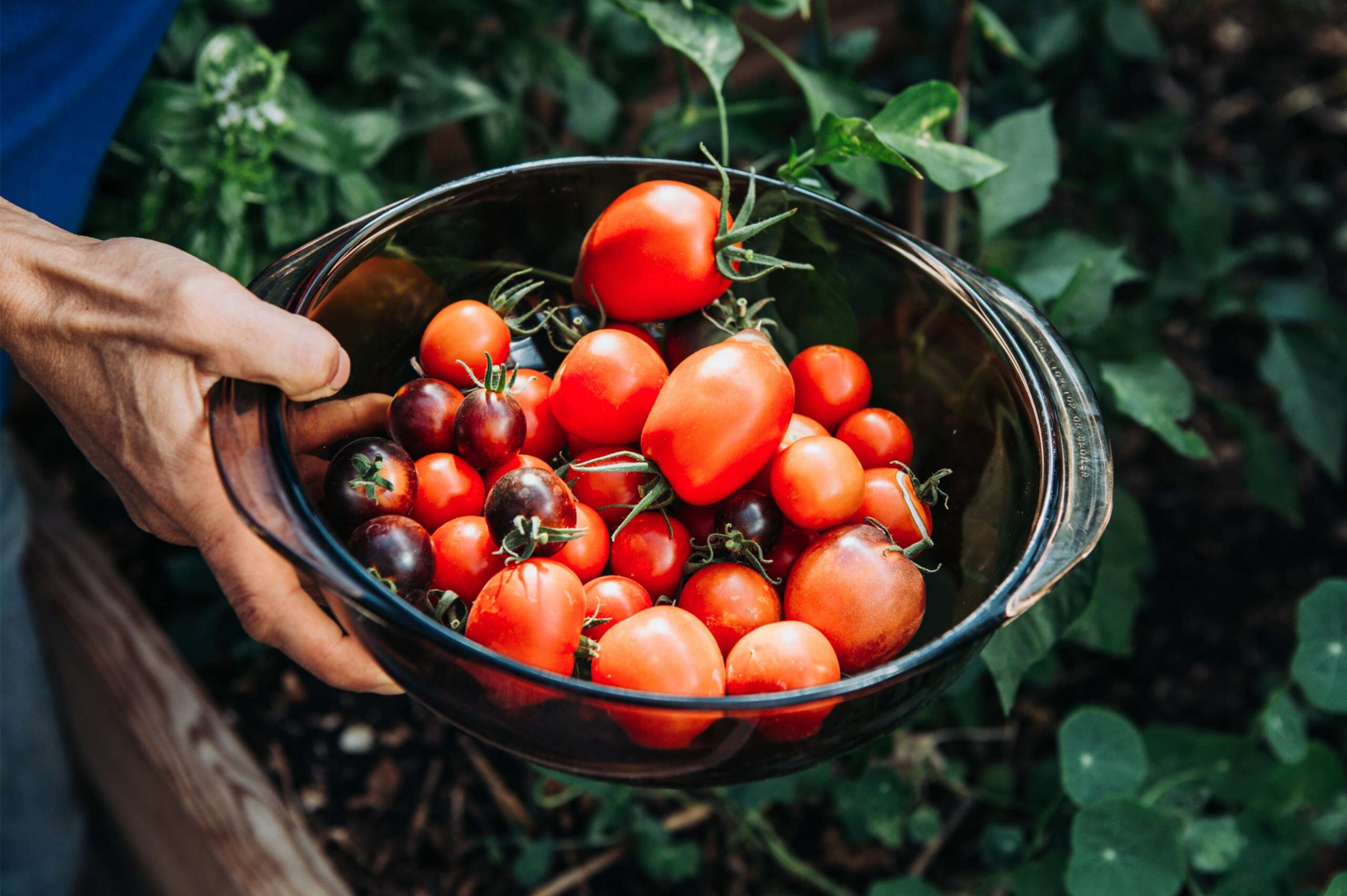
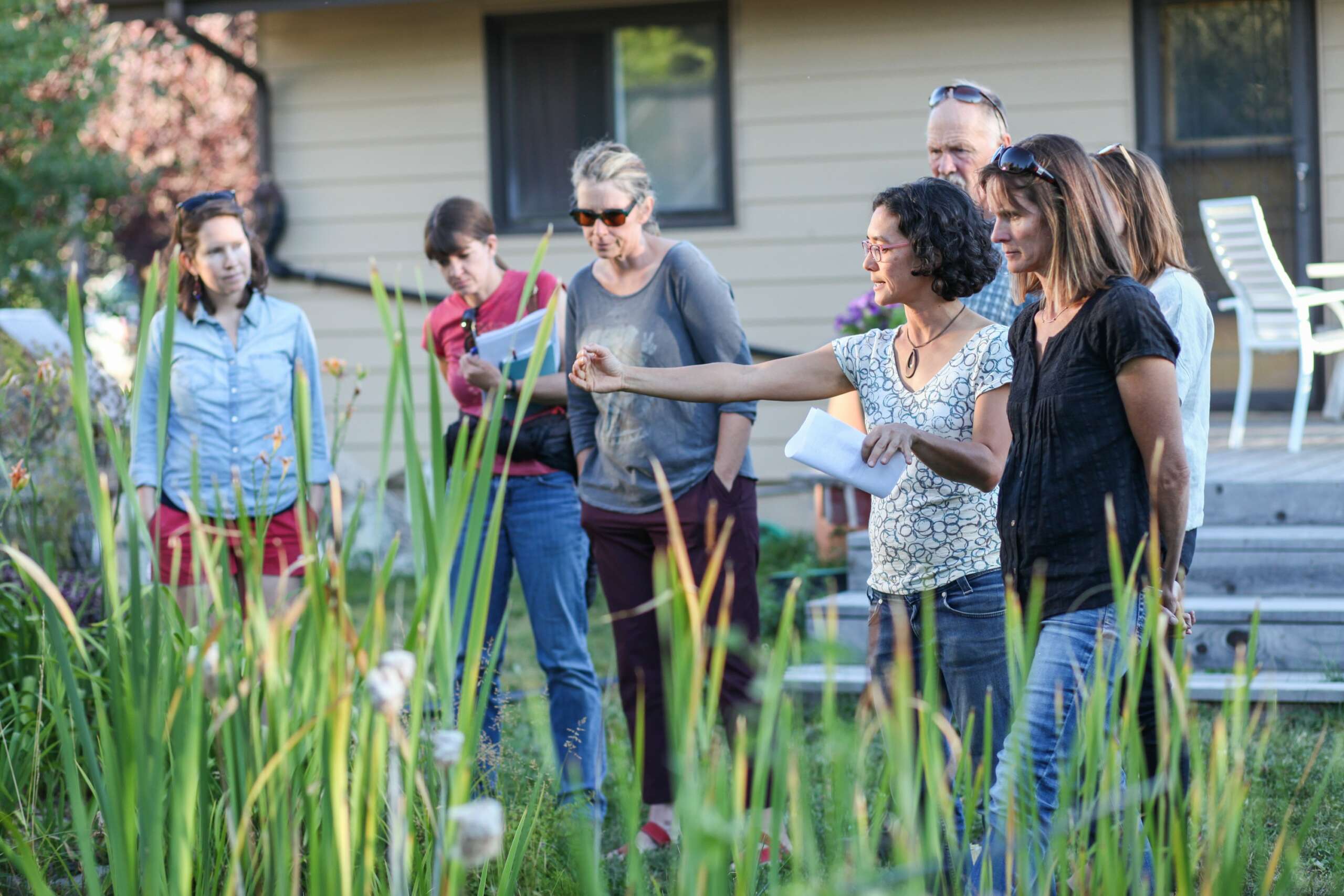
We’d love to hear the story of how you turned a side-hustle into a something much bigger.
When I started my business, it was a side-hustle that I did while also having a part-time job. I honestly think this is the best way to build a business, especially if you don’t have a lot of capital with which to begin (which I didn’t have). I have seen so many businesses come and go since I started mine. While I think that giving all of your energy to launching a business sometimes makes sense, a slow and steady approach to building a business seems far more sustainable in the long-run. Because I had a job that met my base expenses, I didn’t need to feel like I was hustling all of the time for work. I feel like people can sense that desperation and it’s not great energy to bring to your interactions with potential clients. By having some income to support me, I was able to grow organically, test the market, and see which services really resonated with my clients.
By the time I finally felt ready to quit my part-time job, I’d built a small reputation and was beginning to be known in the community. My husband was also super supportive in having me turn my business into a full-time gig. I still remember when he said, “Kareen, you can either spend your life making someone else rich, or you can invest your time and energy into building something of your own.” That concept, along with growing tension with my boss, pushed me to take the leap.
I was able to support myself for the next few years with steady growth but it wasn’t until the pandemic hit that I saw a significant jump in my business income. This happened at a time when I was already feeling the need to expand and have more of an impact. I had taken a local business accelerator workshop and was working with a company who was helping me elevate my brand and redo my website. COVID hit and suddenly, there was even more of an interest in growing food. Subscriptions to my YouTube Channel increased at a much more rapid pace. This interest in growing food, combined with my work with this branding company, made me develop a signature online program called the Resilient Homestead Program. That program doubled my income over the course of a year. Since that time, my visibility has increased and I now feel ready to make yet another leap.
When I look back at when I first started and all of the self-doubt, imposter syndrome and hand wringing that I did, I realize how far I’ve come professionally and personally, and all of the skills I’ve gained along the way. I am so grateful that I have built a business that allows me to live my values, interact with amazing people and create a livelihood around growing food and creating community.

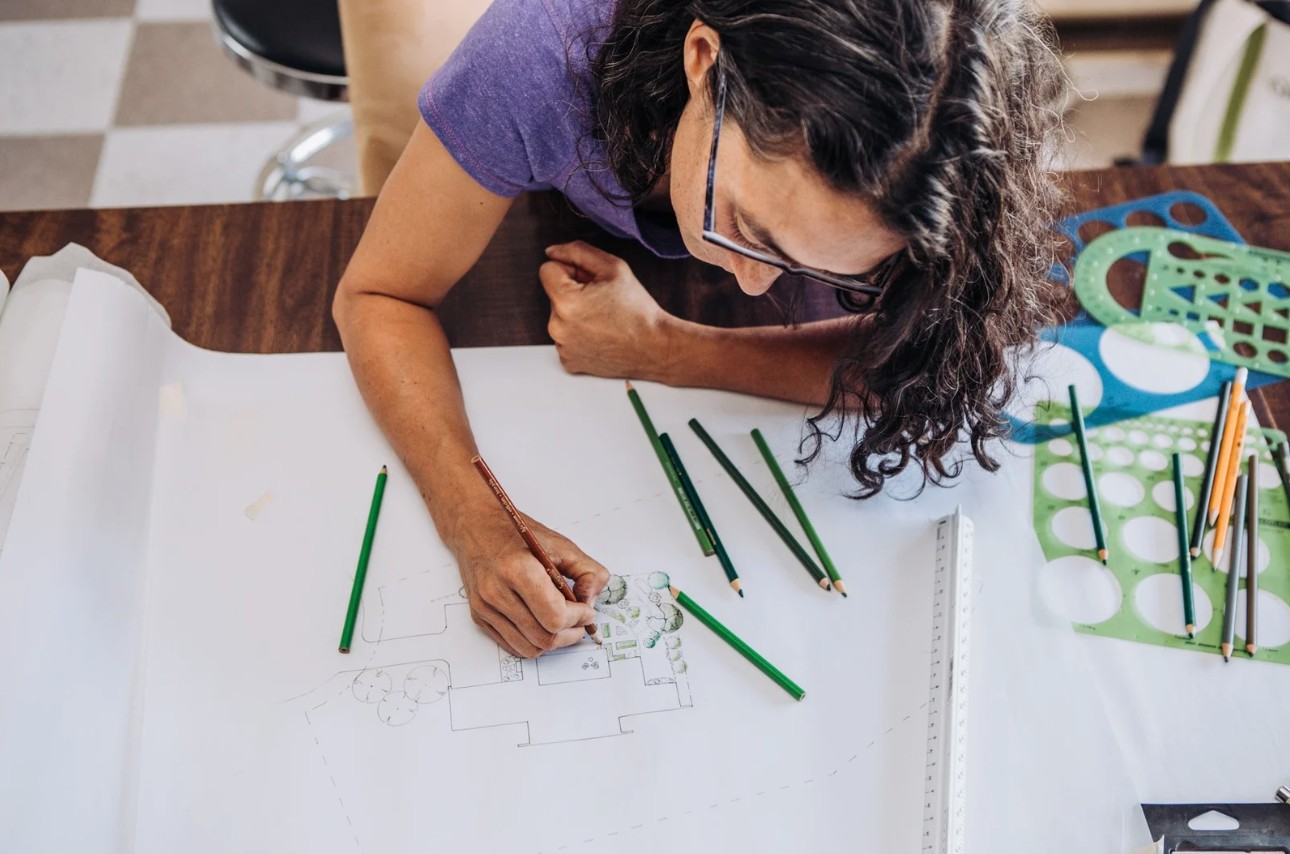
What’s been the best source of new clients for you?
The best source of new clients has always been word-of-mouth from previous clients/students or those who know me in the community. In the end, these will always be the warmest leads and I find that they’ve often made up their mind to work with me even before I’ve talked with them. Now that I’ve been in business for over a decade, potential clients often tell me they have been referred to me by multiple sources. In my opinion, word-of-mouth from previous clients will always be the best way to get more.

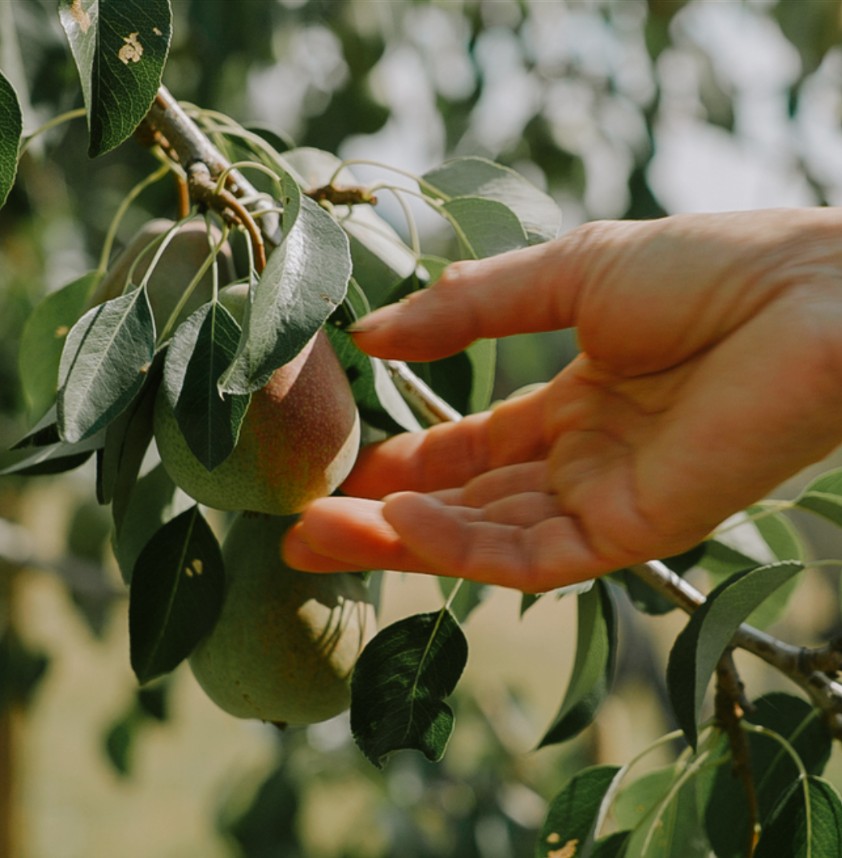
Contact Info:
- Website: https://brokengroundpermaculture.com/
- Instagram: https://www.instagram.com/brokengroundmt/
- Facebook: https://www.facebook.com/BrokenGroundMontana/
- Linkedin: https://www.linkedin.com/in/kareen-erbe-8a2ab12b0/
- Youtube: https://www.youtube.com/@BrokenGround
Image Credits
Sara Gilman Chieko Horn Jason Burlage


